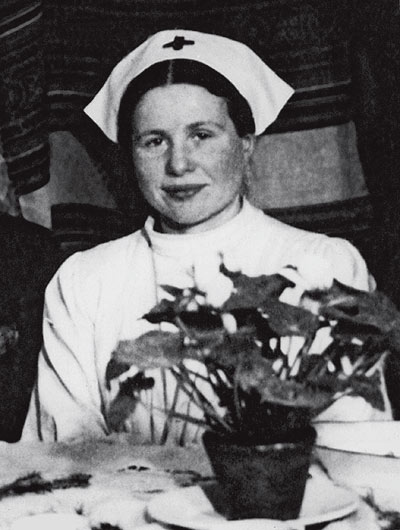Shabbos My Bride
By Rabbi Yaacov Haber
The Slonimer Rebbe, of blessed memory, asked: On Friday night when we sit down to our Shabbos meal the first thing we do is welcome the Angels into our home. 'Shalom Aleichem! Malachei HaShareis.' G-d sends the holiest guests to our home when we make Shabbos. 'Borchuni LeShalom!' We ask these holy Angels of peace to bless us and our homes with peace. What can be greater than to imagine that we actually have G-d's angels joining us at our Shabbos table?
But then, after a few short moments we say, 'Tzeischem L'Shalom!' Farewell holy Angels - it is almost as if the Angels had just arrived and we are already asking them to leave! Why don't we beg them to stay?
(Indeed there is an opinion that for this reason we don't say Tzeischem L'Shalom. See Sefer Tosfos Shabbos 262 - of course we should stick with the common custom of saying the entire Shalom Aleichem.)
The Slonimer Rebbe answered: Think about a bride and a groom that are wishing farewell to their guests after a beautiful, meaningful and festive wedding. They feel so privileged that their guests honored them and blessed them. But the time has come for their honored guests to go home; the bride and groom wish to spend time together all alone.
Sabbath Queen by Abigail Sarah Bagraim
We feel so privileged that the Angels have honored us at our Shabbos meal. We welcome them, we honor them, and we seek their blessing. But then we must say to them 'Holy Angels! We appreciate so much that you came to our homes, we cherish your presence and we treasure your blessings -come again; but please forgive us if we ask you to leave - right now we want to be alone with G-d.'
Shabbos is so many things: a day of rest, a day of faith, a family day, and a day of celebrating the fact that G-d created the world. Of course it is all true. Yet Shabbos is so much more; it is a day that we can be alone with G-d, or in Kabbalistic language, Yichud Elyon.
I have often wondered why we begin the Shabbos with “Lechu Neraneno L'Hashem …” “Come! - let us sing to G-d … let us greet Him with thanks”. Of course it makes sense to greet the Shabbos, after all we are reciting the Kabbalas Shabbos, and we are welcoming the Shabbos. But why are we greeting “Him” with thanksgiving? Is G-d here more today that He was yesterday?
The answer is that of course G-d is with us and present all the time, but on Shabbos we can actually enjoy and experience the presence of His Shechina. We can experience a new level of light, of holiness, of spirituality and of peace. As Shabbos comes in we offer a special welcome to G-d in our lives.
What preparations must we make to merit the presence of Hashem in our lives?The Ari taught that whenever we reach deep into ourselves to find and express praise for G-d Hashem responds by resting His Shechina upon us. That is why we praise Hashem in pesukei d'zimra before we pray to him in the morning, why we say Ashrei before we pray to Him in the afternoon and why we extol His greatness as we begin the Shemonah Esrei. This is why we begin the Shabbos by “greeting Him with thanksgiving.”
In the Ten Commandments G-d asked us to keep Shabbos. Life is busy, the world is complicated - there is so much to do. G-d said: Let’s have a time that we spend together. Let us maintain our relationship of gratitude and love, just with Him. Good Shabbos!




